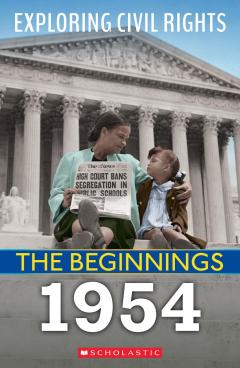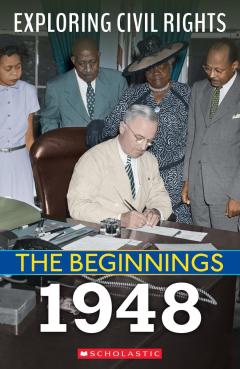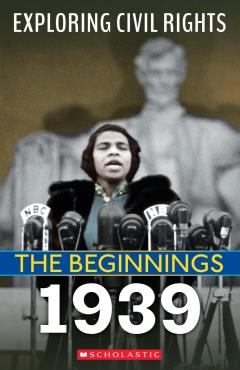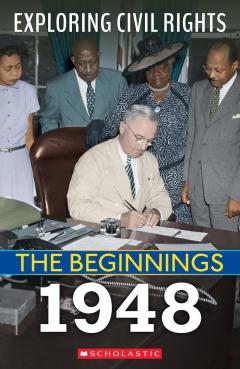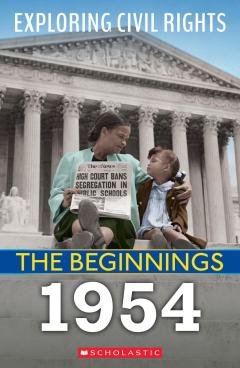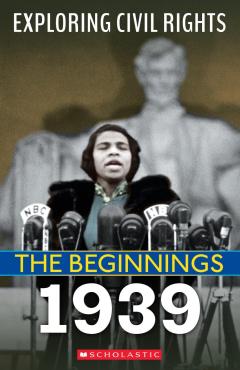Series Exploring Civil Rights
The year 1954 was a turning point in the civil rights movement. The Supreme Court decision in the Brown v. Board of Education of Topeka case, a combination of lawsuits challenging school segregation in the United States, would finally put an end to “separate but equal...
The civil rights movement was just taking shape in 1948, and President Harry Truman helped set its course. Truman’s support for Black Americans made a bold statement and was something many leaders did not welcome. Despite the backlash it caused, Truman insisted it was the go...
In 1942, it became clear that World War II would drastically change the United States forever. The war would help bring racial equality to the American workforce and give Black soldiers the chance to serve in high-ranking military positions. This is the year when Black men and...
The year 1939 was one of constant change in the United States. The decade-long Great Depression left millions of African American families in poverty. A group of activists and attorneys, who would become known as the Black Cabinet, began providing direction and advice to the p...
The year 1951 would alter the way the Black community looked at segregated education. Local NAACP leaders and other activists spearheaded plans to end the rule of "separate but equal” and changed their strategy to integration. Barbara Johns would organize a student strike ag...
In 1942, it became clear that World War II would drastically change the United States forever. The war would help bring racial equality to the American workforce and give Black soldiers the chance to serve in high-ranking military positions. This is the year when Black men and...
The civil rights movement was just taking shape in 1948, and President Harry Truman helped set its course. Truman’s support for Black Americans made a bold statement and was something many leaders did not welcome. Despite the backlash it caused, Truman insisted it was the go...
The year 1954 was a turning point in the civil rights movement. The Supreme Court decision in the Brown v. Board of Education of Topeka case, a combination of lawsuits challenging school segregation in the United States, would finally put an end to “separate but equal...
The year 1939 was one of constant change in the United States. The decade-long Great Depression left millions of African American families in poverty. A group of activists and attorneys, who would become known as the Black Cabinet, began providing direction and advice to the p...
